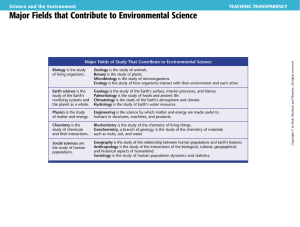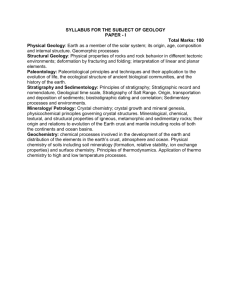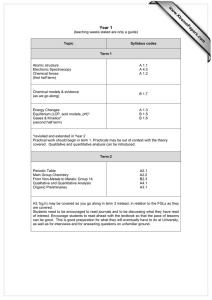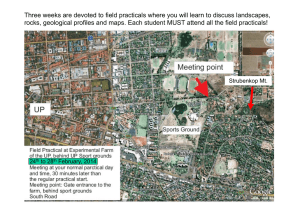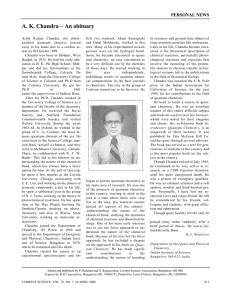Short Course Lars Stixrude
advertisement
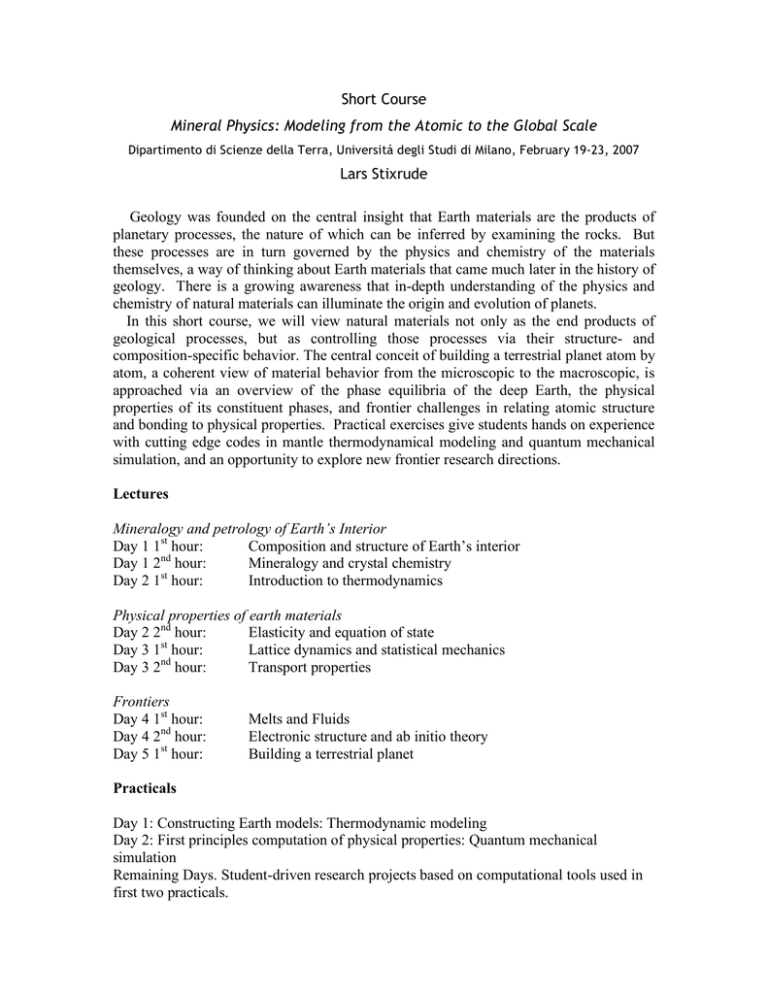
Short Course Mineral Physics: Modeling from the Atomic to the Global Scale Dipartimento di Scienze della Terra, Universitá degli Studi di Milano, February 19-23, 2007 Lars Stixrude Geology was founded on the central insight that Earth materials are the products of planetary processes, the nature of which can be inferred by examining the rocks. But these processes are in turn governed by the physics and chemistry of the materials themselves, a way of thinking about Earth materials that came much later in the history of geology. There is a growing awareness that in-depth understanding of the physics and chemistry of natural materials can illuminate the origin and evolution of planets. In this short course, we will view natural materials not only as the end products of geological processes, but as controlling those processes via their structure- and composition-specific behavior. The central conceit of building a terrestrial planet atom by atom, a coherent view of material behavior from the microscopic to the macroscopic, is approached via an overview of the phase equilibria of the deep Earth, the physical properties of its constituent phases, and frontier challenges in relating atomic structure and bonding to physical properties. Practical exercises give students hands on experience with cutting edge codes in mantle thermodynamical modeling and quantum mechanical simulation, and an opportunity to explore new frontier research directions. Lectures Mineralogy and petrology of Earth’s Interior Day 1 1st hour: Composition and structure of Earth’s interior nd Day 1 2 hour: Mineralogy and crystal chemistry Day 2 1st hour: Introduction to thermodynamics Physical properties of earth materials Day 2 2nd hour: Elasticity and equation of state Day 3 1st hour: Lattice dynamics and statistical mechanics Day 3 2nd hour: Transport properties Frontiers Day 4 1st hour: Day 4 2nd hour: Day 5 1st hour: Melts and Fluids Electronic structure and ab initio theory Building a terrestrial planet Practicals Day 1: Constructing Earth models: Thermodynamic modeling Day 2: First principles computation of physical properties: Quantum mechanical simulation Remaining Days. Student-driven research projects based on computational tools used in first two practicals.
